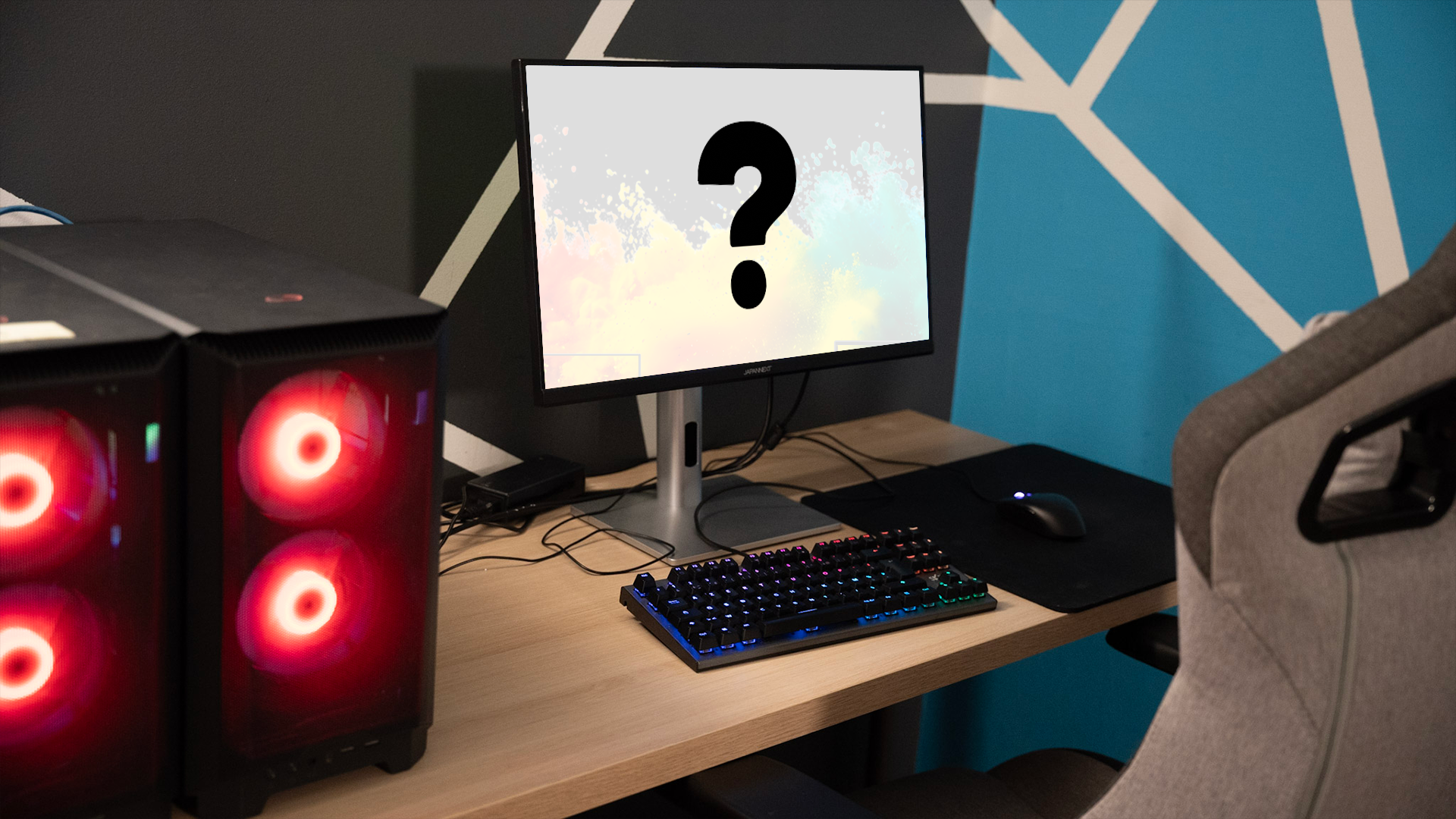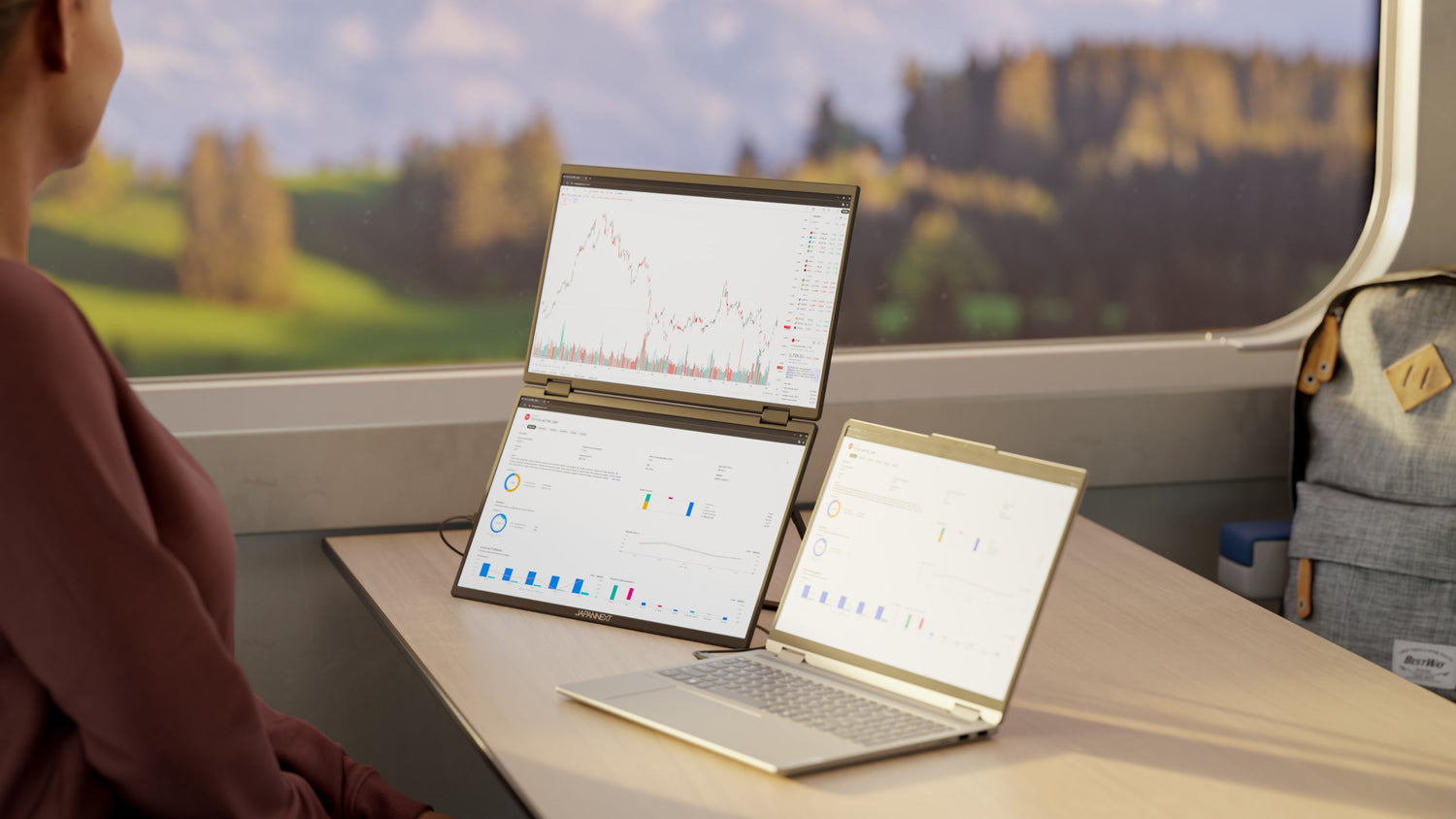The world of video games is constantly evolving, and for gamers who are passionate about FPS (First Person Shooter), choosing the right gaming monitor can make all the difference. Whether you are a casual gamer or a fierce competitor, there are several criteria to consider before investing in a new gaming monitor. This article explores these aspects in detail to help you make an informed decision.
Resolution: a clear definition of the gamer's visual experience
1080p resolution (Full HD)
For many gamers, 1080p resolution remains a popular choice with its balance between image quality and performance. It delivers sharp images while maintaining high refresh rates, which is crucial in FPS games where every millisecond counts. A 1080p monitor will often be less expensive and can be used with a variety of graphics cards without requiring major hardware updates.
1440p resolution (QHD)
The 1440p resolution offers an ideal compromise between sharpness and performance. With a higher pixel density than 1080p, it significantly improves image clarity in games while maintaining respectable frame rates. Gamers with mid-to-high-end graphics cards might prefer this option for an enhanced visual experience without sacrificing smoothness.
4K resolution (UHD)
4K gaming monitors represent the pinnacle in resolution for video games. They deliver exceptional image quality with unrivaled detail accuracy. However, to take advantage of this resolution, a very powerful graphics card is required, as well as a compromise on refresh rates. This type of monitor is recommended for gamers with cutting-edge hardware looking for ultimate realism in their FPS games.
Refresh rate: the key to fluidity
60Hz refresh rate
A 60Hz refresh rate was once the standard for gaming monitors, but as gamers' needs increase, this is becoming less and less sufficient for fast-paced games like FPS. If you're on a budget, it's still a viable option, but it might not offer the responsiveness that demanding gamers want.
120Hz and 144Hz refresh rates
Gaming monitors with refresh rates of 120Hz and 144Hz have become very popular among FPS gamers. These monitors offer significantly better fluidity than 60Hz refresh rate models, resulting in a more responsive and immersive gaming experience. These gaming monitors are a great choice for those looking to improve their reaction time and accuracy.
240Hz refresh rate and beyond
For professional gamers or those who want to maximize every technological advantage, gaming monitors offering refresh rates of 240Hz and above are a great option. Although these monitors are generally more expensive, having to use high-performance graphics cards, they can provide an unrivaled level of fluidity, essential for remaining competitive in fast-paced gaming environments.
Response time: speed and responsiveness
Response time of 1ms vs 5ms
The response time of a gaming monitor is crucial for FPS games. Lower response time minimizes ghosting and improves clarity of fast movements. Monitors with a response time of 1ms are ideal for competitive gaming, as they ensure that all actions appear almost instantly on screen. On the other hand, a response time of 5ms, although sufficient for the occasional gamer, could introduce slight blurring during fast scenes.
Panel technology: TN, IPS and VA
TN panel
Twisted Nematic (TN) tiles are often chosen for their fast response time and affordable cost. They are suitable for games where speed takes precedence over image quality. However, they tend to have narrower viewing angles and less accurate color reproduction compared to other panel technologies on a gaming monitor.
IPS panel
The In-Plane Switching (IPS) panel is known for its excellent viewing angles and color accuracy. Although early IPS display models suffered from slower response times, modern technologies have helped close this significant gap. Thus, modern IPS monitors combine superior image quality and low response time, making them a versatile choice for FPS gamers also seeking good visual performance.
VA slab
Vertical Alignment (VA) is a compromise between the TN and IPS panel. They offer better contrasts and greater viewing angles than the TN panel, while being able to maintain reasonable response times. However, some VA panels may still exhibit smearing or lagging issues when on-screen movements are extremely fast.
Size and curvature of the monitor: immersion and comfort for the gamer
When talking about monitor size and curvature, you have to consider both gaming immersion and long-term comfort.
Gaming monitor size
The screen size contributes greatly to the gamer's gaming experience. Bigger size isn't always better; the main thing is to find a screen adapted to your gaming space and your ideal viewing distance.
24-inch : Perfect for small desktop setups and competitive esports gaming. This size allows an overall view of the action without too much eye movement.
27 inches : Offers a good balance between size and resolution, practically suitable for home gaming setups and providing more immersion for the gamer.
34 inches and above : Especially for gamers looking for total immersion. This monitor size is often combined with a curved shape to fully encompass the field of view.
Flat vs curved screen
Curved gaming monitors can transform the gaming experience by offering increased immersion with a more enveloping perception of the image and their larger size. This curvature follows the natural curve of the human eye, therefore reducing eye fatigue for prolonged gaming sessions. Note, however, that some players still prefer flat screens, particularly in competitive contexts where the possible distortion of the image by the curve could disrupt the perception of precise distances or angles.
Additional features: game-specific optimizations
G-Sync and FreeSync
These technologies synchronize the refresh rate of the monitor with that of the graphics card to eliminate tearing and reduce stuttering. G-Sync is designed to work with NVIDIA graphics cards, while FreeSync is compatible with those from AMD. Incorporating one of these features can really improve visual comfort during long gaming sessions on your monitor.
HDR
High Dynamic Range (HDR) improves contrast and color depth, providing a more vivid and realistic image. Games that support HDR can offer hidden details in shadows and vibrant highlights. To take full advantage of HDR, make sure that the gaming monitor has sufficient brightness (VESA Display HDR 400 certified at least).
Ports and Connectivity
Having enough HDMI, DisplayPort, or even USB ports is essential for connecting different devices without having to constantly reconfigure your setup. Also consult the version of the available ports; for example, HDMI 2.1 supports higher refresh rates and higher resolutions compared to earlier versions.
The final word
Choosing the right gaming monitor for FPS can greatly improve your gaming experience and performance. By considering resolution, refresh rate, response time, panel technology, and screen size and curvature, you can find the option that best suits your needs . Additionally, additional features like G-Sync, FreeSync, and HDR can provide significant benefits. By making an informed choice, you will be better equipped to dominate in your favorite FPS games.



